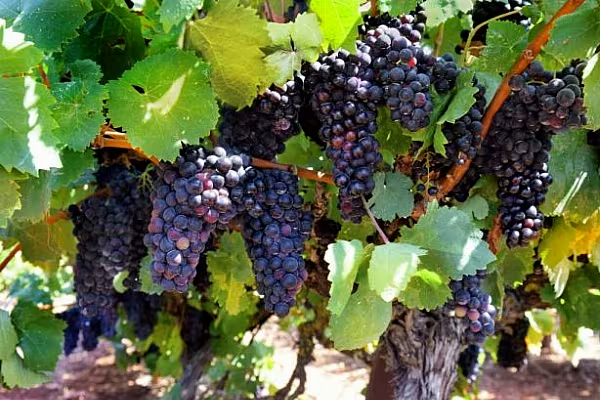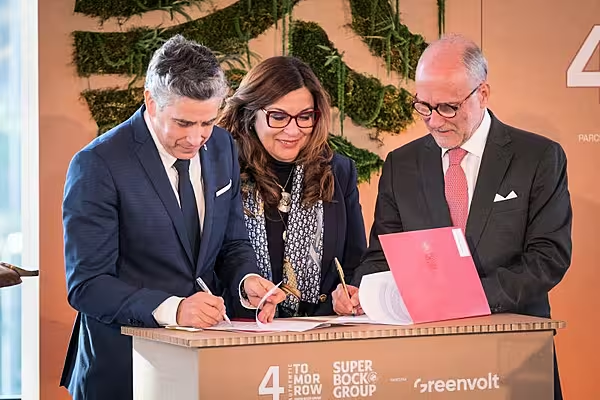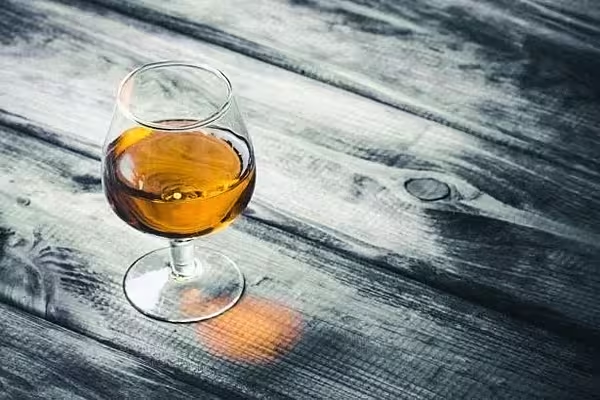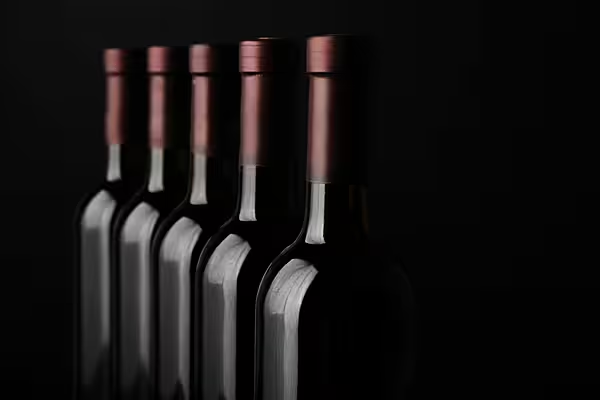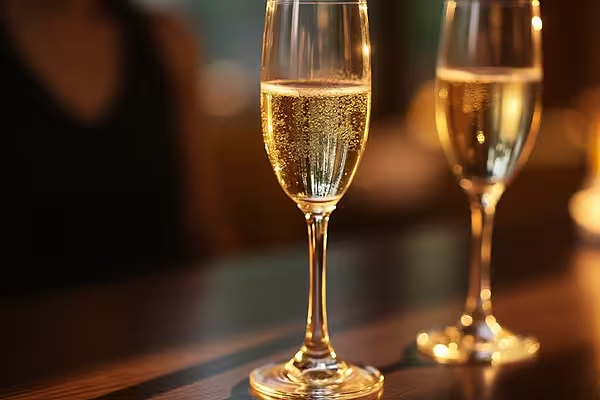Bordeaux’s 2017 vintage being presented to the global wine trade in early April is a “chance to win the customer base back” following variable wine quality and price turbulence over the past seven years.
That's according to Justerini & Brooks Managing Director Chadwick Delaney.
The renewed success of vintages since 2014, after more challenging harvests in 2011 and 2012 and cold, wet weather in 2013, means the latest wines provide an opportunity for the region’s growers to regain lost business and strike a firmer relationship with those buyers who are returning, he said in a March 26 interview in London.
Bull Run
Many buyers fled the Bordeaux market in 2011, after a bull run in prices during the sales campaigns for the critically acclaimed 2009 and 2010 vintages left the wines perceived as overpriced, just as harvest quality started to turn lower. Some have yet to return.
Delaney said some of the high-end clients he represents have turned to other regions in the intervening period, notably Burgundy, northern Italy and, more recently, California. But with the run-up in Burgundy prices over recent years, he sees an opportunity for Bordeaux to make up lost ground.
Since 2014 “they’ve been making some very smart wines, priced very well,” he said, noting Bordeaux still represents the largest volume of Justerini’s business. “This is Bordeaux’s game to lose.”
Winter Weather
While Bordeaux was hit by its worst frosts in a quarter-century last year, top estates largely escaped damage, either because of their protected geographical location close to the river or on higher ground, or because their owners had the means to put frost-protection measures in place. Frost hit hardest south of the city and on the right bank around Saint Emilion. “The top estates running down the Medoc are virtually untouched,” he said.
Justerini & Brooks is a private client-focused business selling to 49 countries, whose biggest collectors spend up to 3 million pounds ($4.2 million) a year on wine, although the average budget is closer to 30,000 pounds to 40,000 pounds, he said.
The broker stores about 200 million pounds’ worth of customer reserves, mainly at Octavian in western England, and counts many three-generation families among its clients, and even one family that has been buying wine from it for eight generations, he said.
As part of its business model, to get access to the volume of wine it needs for its private-client base, it also sells on about 20 million pounds of wine a year to hotels and restaurants.
News by Bloomberg, edited by ESM. Click subscribe to sign up to ESM: The European Supermarket Magazine.
